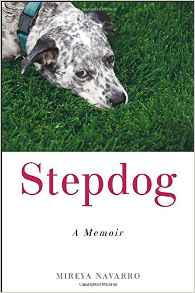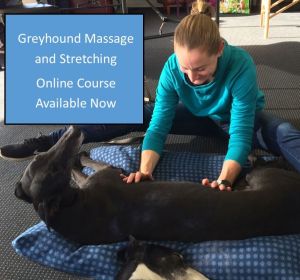I have just finished reading Merle’s Door (Lessons from a Freethinking Dog) by Ted Kerasote. This book was published in 2007 and became a national bestseller. That’s not a surprise.

Mr Kerasote is an accomplished author. He has written for publications including National Geographic, the New York Times, and Science. And he has other books to his name.
Merle’s Door, however, has to be one of Mr Kerasote’s top literary accomplishments and something that will be remembered as a hallmark of his writing career. Buy it (don’t just download it into your Kindle).
Merle’s Door is a biography of Merle, a dog adopted by Kerasote when they met totally by accident in 1991. Merle was ‘living rough’ in the Utah desert and Ted was on one of his many trips with friends to enjoy nature.
“You need a dog, and I’m it” says Merle. And so begins a lifetime of 13 years together where Ted learns to translate Merle’s thoughts, to give him free reign to learn about life and his surroundings and, in turn, Ted learns many things from Merle.
Using his dog door and the freedom that Ted allowed him, Merle becomes the unofficial mayor of Kelly, Wyoming and makes many friends. Along the way Ted establishes a ‘dedicated quadruped couch’ in his house and Merle leaves lasting footprints in the varnish of the balcony of the house they built together (and where Kerasote still lives).
Merle’s Door is Merle’s biography. Lovingly written by Ted, we learn about Merle’s trademark “Ha ha ha” as he would converse with Ted in a language all his own. He’d go hunting for elk, but was gun-shy when hunting birds (and we find out why later in the book). He has his scraps with other dogs and comes out learning valuable life lessons.
Later in life, Merle’s back end starts to deteriorate and Ted employs the use of acupuncture and massage to help his dog recover (no wonder why I like this book!). With respect, he lets Merle define what will be a good day and a bad day and they enjoy one another’s company to the end.
Mr Kerasote does a wonderful job in depicting the human-dog bond that so many of us dog lovers have appreciated in our lives. And he does it with the flair of an accomplished writer.
Like all true dog stories, be prepared for the end of Merle’s life in 2004 which is obviously written by someone who has lived through the last days of their dog’s life. Have a box of tissues handy – you’ll need it. (I did)
This is a book I intend on keeping and adding to my dog book collection. I’m grateful for Mr Kerasote’s writing talent because, not only is this Merle’s story, but it is well referenced with footnotes to key pieces of dog research (15 pages of references in total).
Through Mr Kerasote’s writing, Merle’s story lives on for all of us to share. A wonderful dog that walked this earth for almost 14 years and left pawprints on many hearts….












